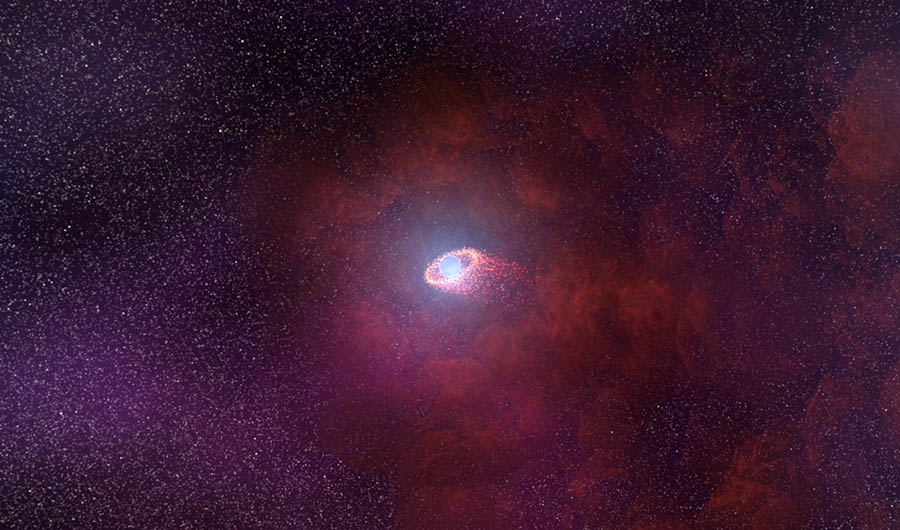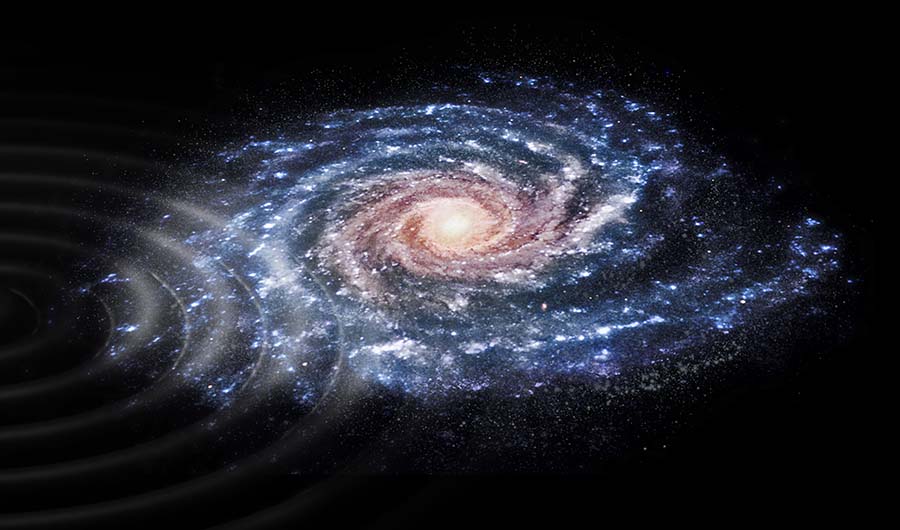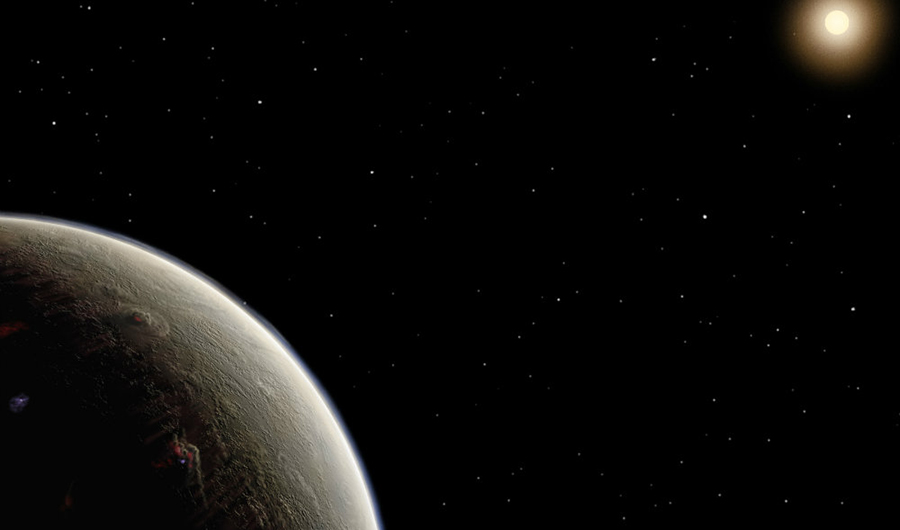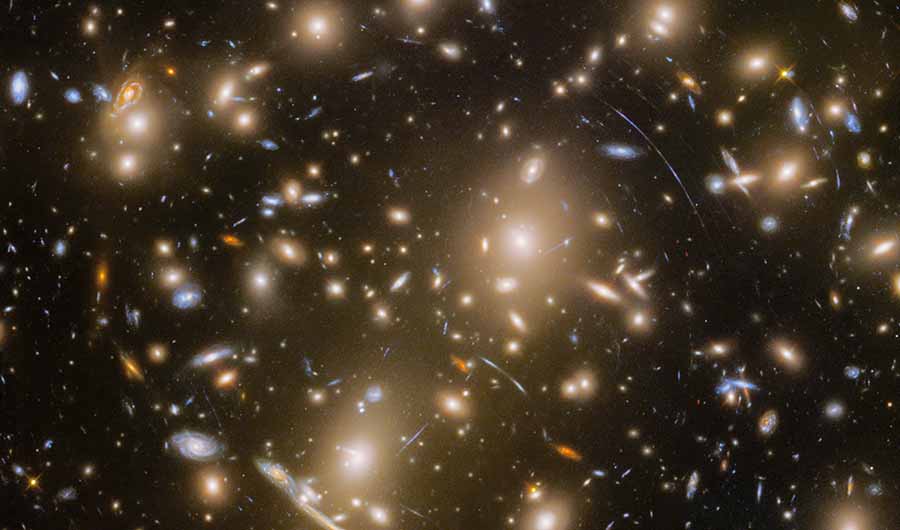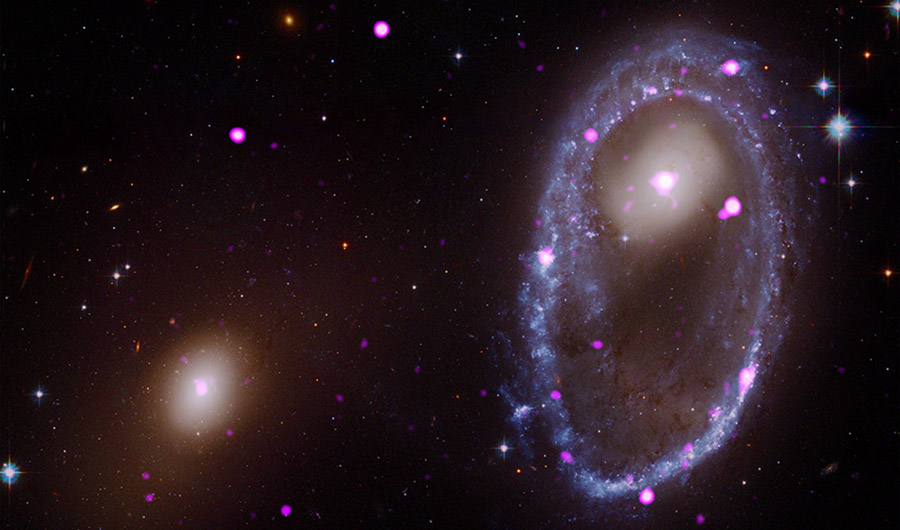September's Stunning Space Pictures
Enjoy illustrations of pulsar winds, the planet Vulcan and galactic ripples.
(Inside Science) -- This September brought pictures depicting a plethora of unusual phenomena. From a ring of galactic proportions filled with black holes or neutron stars, to a “Star Trek” alien world look-alike, artists' illustrations bring us closer to the strangeness of the universe.
Filed under

